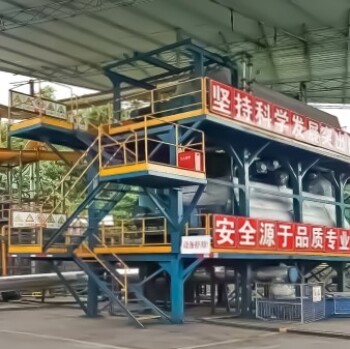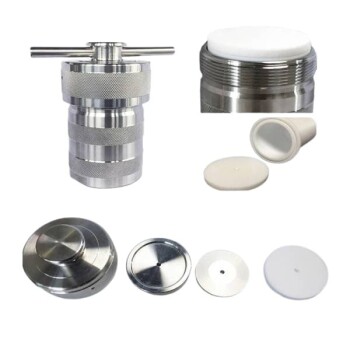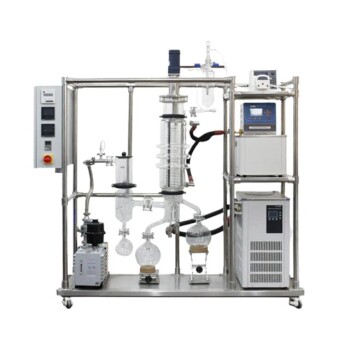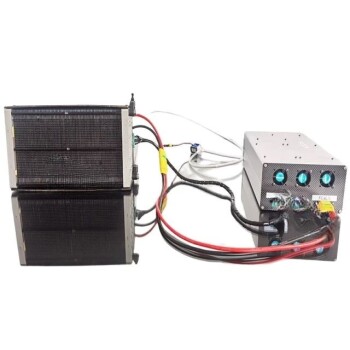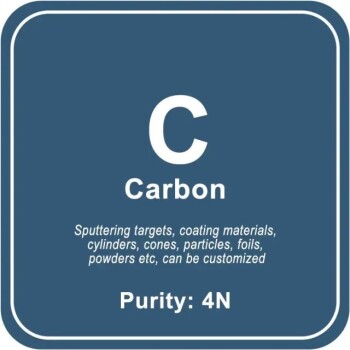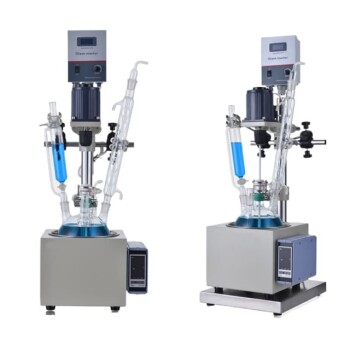Yes, pyrolysis can be used for plastic. This process involves the thermal degradation of plastic at high temperatures in the absence of oxygen, leading to the conversion of plastic waste into valuable products such as oil, gas, and residue.
Summary of the Answer: Pyrolysis is an effective method for recycling plastic waste by converting it into oil, gas, and other by-products. This process operates by heating plastic materials in the absence of oxygen, causing the breakdown of larger plastic molecules into smaller, usable molecules.
Detailed Explanation:
-
Process of Pyrolysis: Pyrolysis, derived from the terms "pyro" (heat) and "lysis" (breakdown), involves the thermal cracking or depolymerization of plastic materials. During this process, plastic waste is heated to very high temperatures, typically ranging from 300 to 500 degrees Celsius, in an oxygen-free environment. This heat causes the plastic molecules to break down into smaller molecules of oil, gas, and solid residue.
-
Types of Plastic Suitable for Pyrolysis: Various types of plastic waste can be processed through pyrolysis, including post-consumer plastics, municipal solid waste segregated plastics, rejects from mechanical recycling, multi-layer packaging, and mixed PET/PVC contaminated plastics. These materials are suitable due to their polymeric nature, which allows for effective breakdown under heat.
-
Steps Involved in Plastic Pyrolysis: The process begins with shredding and drying the plastic waste to prepare it for pyrolysis. The waste is then preprocessed to remove any non-plastic impurities. The actual pyrolysis process follows, where the plastic is heated to produce oil and gas. The oil is further distilled and purified before being stored and dispatched for use as fuel.
-
Products of Pyrolysis: The primary products of plastic pyrolysis include pyrolysis oil, which can range from 50 to 80% of the output depending on the quality and type of plastic waste. Pyrolysis gas constitutes 20 to 35% of the output, and the residue, which includes ash and soil content, can vary from 3% to 30%. Wastewater may also be generated if the plastic waste contains moisture.
-
Alternative Techniques and Innovations: While traditional pyrolysis is widely used, alternative methods such as hydrothermal processing are being explored. This technique, developed by researchers at Purdue University, involves heating plastics in water at extremely high temperatures to convert them back into oil. This method is particularly interesting as it mirrors the original formation of plastics from oil.
Conclusion: Pyrolysis offers a viable solution for managing plastic waste by transforming it into useful products, thereby reducing the environmental impact of plastic disposal. This process not only helps in waste management but also contributes to the production of alternative fuels, supporting sustainability efforts.
Discover the future of plastic recycling with KINTEK SOLUTION! Our advanced pyrolysis systems are designed to convert plastic waste into valuable oil, gas, and residue, significantly reducing environmental impact and driving sustainability. Explore our innovative technology and join the forefront of waste-to-energy solutions today. Get in touch with KINTEK and unlock a cleaner, greener tomorrow!


